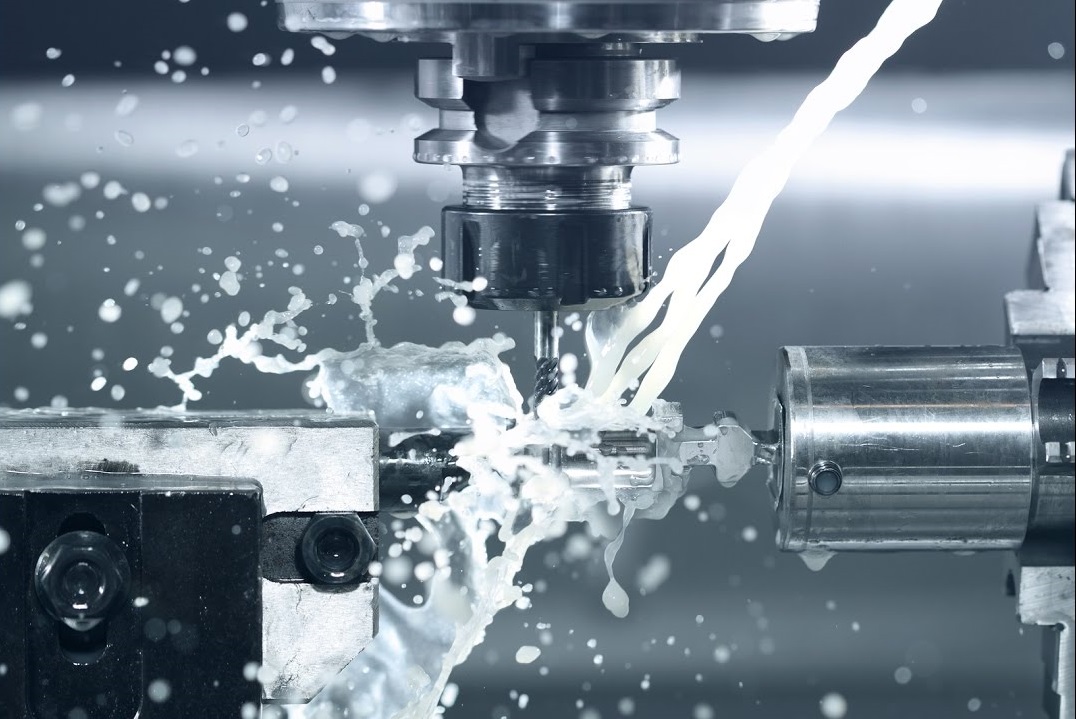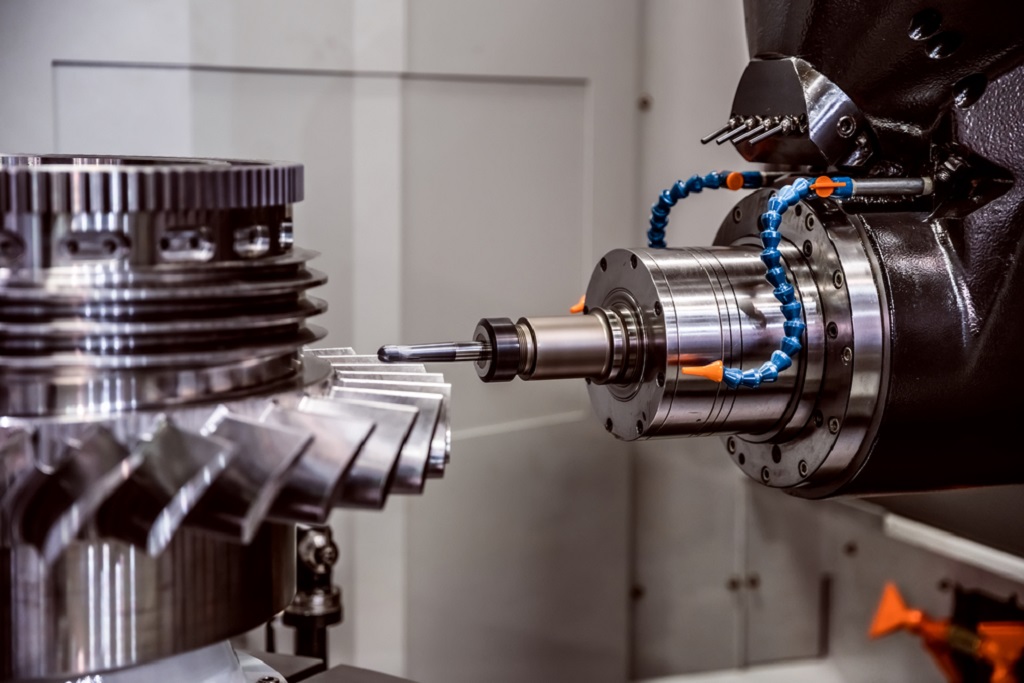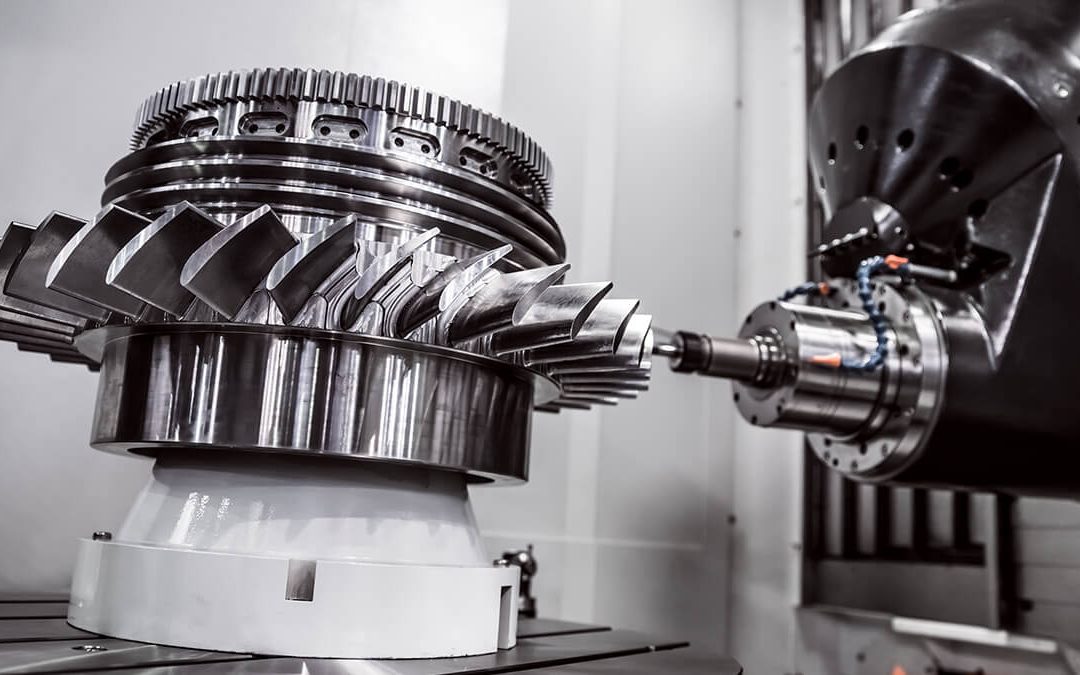Milling machines are an essential tool in the manufacturing and fabrication industry. One of the primary discussions around milling machines involves understanding how many spindles does a milling machine have. The spindle is a crucial component that holds the cutting tool and dictates the efficiency and accuracy of machining processes.

Introduction to Milling Machines
To comprehend the role and number of spindles in a milling machine, it is important to first understand what a milling machine is. A milling machine is a versatile tool designed to shape solid materials by removing excess material with a rotating cutter. The spindle is the part of the machine that turns the cutter, enabling precise cuts on the workpiece.
Single-Spindle Milling Machines
Traditionally, milling machines were designed with a single spindle. A single-spindle milling machine features one spindle on which the cutting tool is mounted. This design is simple yet effective for many applications, such as small-scale operations and basic machining tasks.
Advantages of Single-Spindle Machines
- Cost-Effective: Due to their simplicity, single-spindle machines are generally more affordable.
- Easy to Operate: They require less training and are easier to maintain.
- Ideal for Small Operations: Best suited for projects that don’t require multiple tools.
Multi-Spindle Milling Machines
As technology advances, the demand for improved efficiency in machining has led to the development of multi-spindle milling machines. These machines have more than one spindle, allowing for multiple tools to operate simultaneously.
Types of Multi-Spindle Machines
- Dual-Spindle: Featuring two spindles, this setup increases productivity by allowing two tools to operate at once.
- Quad-Spindle: With four spindles, this type can perform several operations simultaneously, making it suitable for high-volume production.
- Gang Milling: Involves multiple spindles arranged in a line, enabling various cuts in a single pass.
Key Benefits of Multi-Spindle Machines
- Increased Efficiency: Multiple spindles significantly reduce cycle times.
- Cost-Effective for High Production: Ideal for large batches, reducing labor costs.
- Improved Consistency: Ensures uniform quality across large volumes of parts.
Factors to Consider When Choosing a Milling Machine
When selecting a milling machine, it is important to consider various factors to ensure you choose the right tool for your needs. Here are some key considerations:
Nature of the Work
The complexity of the tasks you need to perform will influence whether you should opt for a single or multi-spindle machine. For routine tasks, a single-spindle machine may suffice. However, for intricate and high-volume work, a multi-spindle machine is more appropriate.
Budget
Your budget will play a significant role in your decision. While multi-spindle machines offer tremendous advantages in terms of productivity, they are also more expensive. Balancing cost and benefit is crucial.
Space Constraints
Multi-spindle machines are generally larger and require more space. If space is limited, you might need to stick with a single-spindle machine.
Applications in Modern Industry
In modern industry, milling machines with multiple spindles have found tremendous acceptance. They are widely used in sectors such as automotive, aerospace, and electronics, where precision and efficiency are critical.
Automotive
In the automotive industry, multi-spindle milling machines are used for producing components such as engine blocks, transmission cases, and other intricate parts. Their ability to handle high volumes and maintain precision makes them invaluable.
Aerospace
The aerospace sector requires parts with extremely tight tolerances. Multi-spindle milling machines meet these stringent requirements while enhancing production speed.
Electronics
Electronic components often feature complex geometries that single-spindle machines cannot efficiently produce. Multi-spindle machines enable faster, high-precision manufacturing of these components.
The Future of Milling Technology
With advancements in technology, milling machines are becoming more sophisticated. The integration of CNC (Computer Numerical Control) and other automated systems has further enhanced the capabilities of multi-spindle machines. Future developments are expected to focus on improving efficiency, precision, and reducing operational costs.
Conclusion
Understanding how many spindles does a milling machine have is crucial for choosing the right machine for your needs. While single-spindle machines are sufficient for small operations, multi-spindle machines offer significant advantages for high-volume, complex tasks. As technology continues to advance, the capabilities and efficiency of milling machines will only grow, offering even more tremendous benefits to industries worldwide.
Frequently Asked Questions
1. What is the main advantage of a multi-spindle milling machine?
Multi-spindle milling machines significantly increase productivity and efficiency by allowing multiple tools to operate simultaneously, reducing cycle times.
2. Are multi-spindle machines more expensive than single-spindle machines?
Yes, multi-spindle machines are generally more expensive due to their complex design and enhanced capabilities. However, they offer long-term cost savings in high-volume production.
3. Can a single-spindle milling machine be upgraded to a multi-spindle machine?
Upgrading a single-spindle machine to a multi-spindle setup is usually not feasible due to design differences. It is better to purchase a new multi-spindle machine if needed.

Useful External Links
For further reading on milling machines, visit Britannica.
